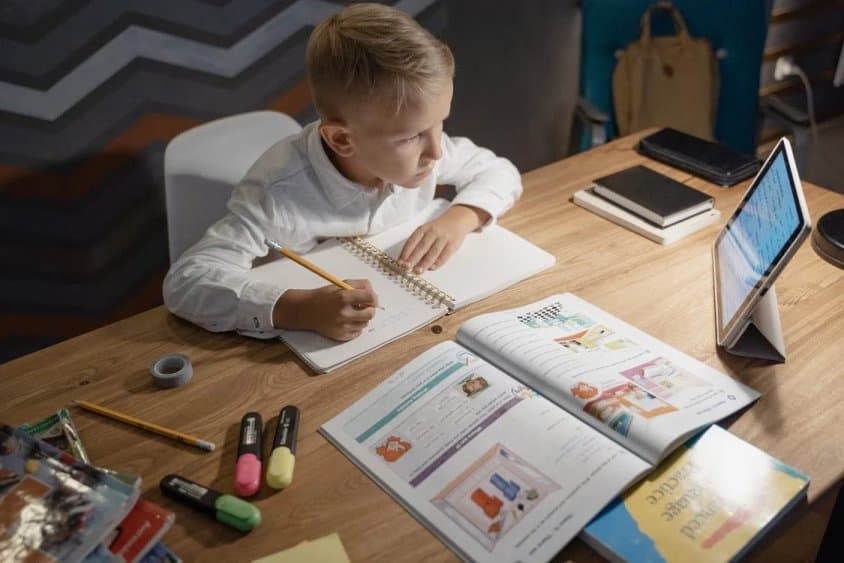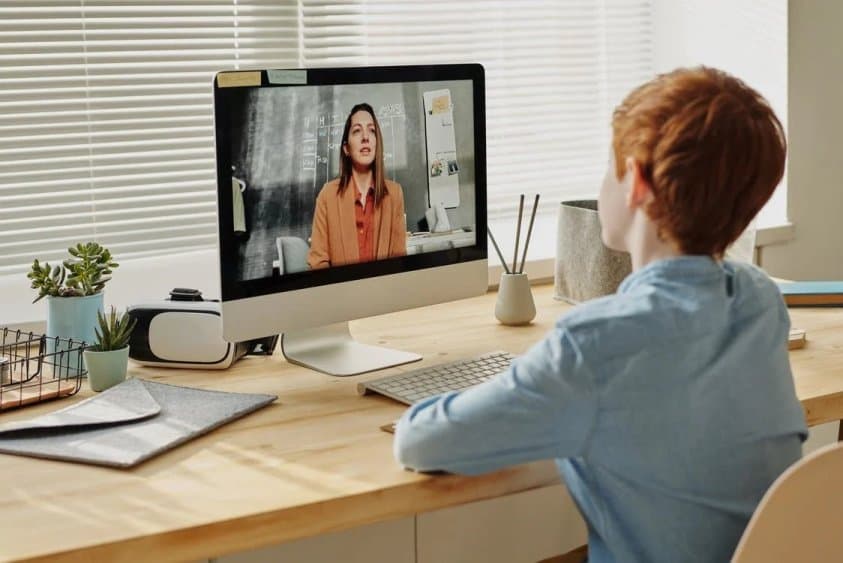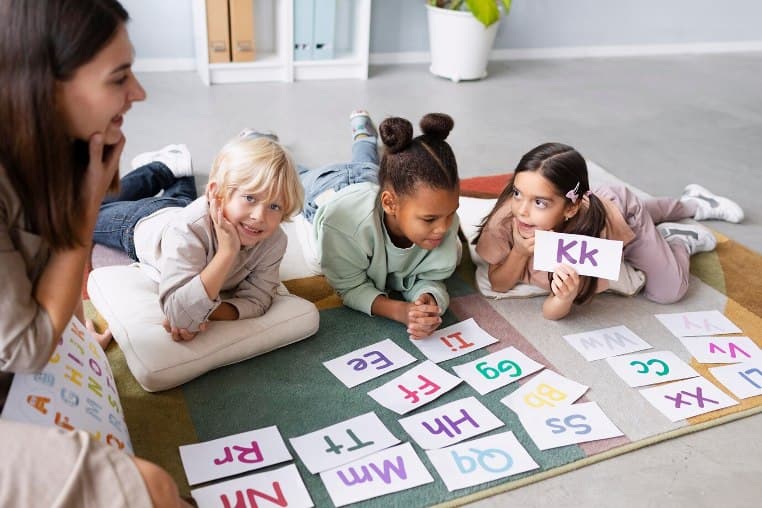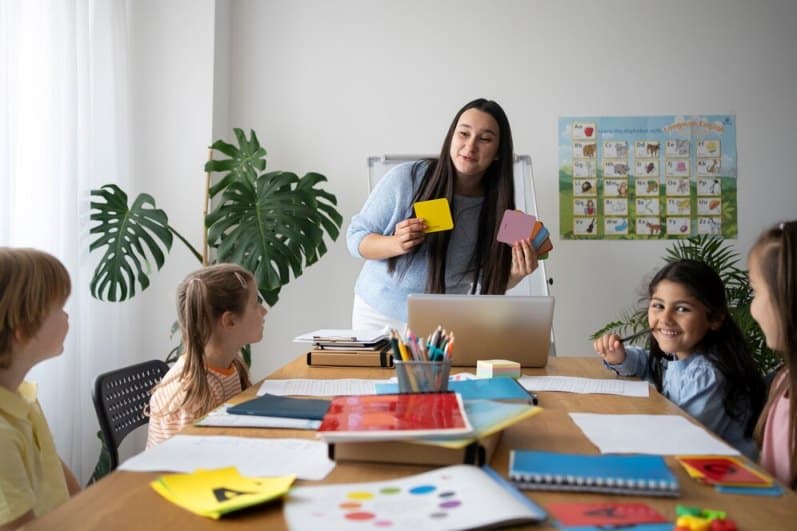Very few educational strategies have impacted the ongoing educational system worldwide. One of such important and groundbreaking innovations is the flipped classroom system. A flipped classroom concentrates on a learner-centered approach. It blends Learning Management System (LMS) with the online tutorials.
While conventional classrooms emphasize teachers and how they teach the class, flipped classrooms differ. It emphasizes students and encourages them in research. It comes with many benefits but isn’t free of a few setbacks.
Thus, you must understand flipped classroom pros and cons before trying one. It is even more important if you are planning to establish a different classroom or educational organization. We will discuss these benefits and setbacks, so you understand the usefulness of the flipped classroom.
Flipped Classroom Pros and Cons
A flipped classroom is a pretty new concept. It has become even more popular and excited during the pandemic days. Everyone was stuck at home, and educational institutions were shut off. So, many organizations shifted to flipped classroom system.
Flipped classroom conveys the concept of a modern smart classroom. Also, it includes LMS and virtual reality (VR) for the best effectiveness. It frees students from attending the classes physically. They need to prepare for the classes before it. So, they have to research more, which helps develop their skills. On the contrary, it requires high-end technology which isn’t cheap. So, not everyone can access them.
Now, let’s talk about these pros and cons in detail.
Advantages of Flipped Classroom
Flipped classroom tries to enhance students’ engagement with the class and teachers more. It saves both students and teachers from unnecessary hassles. Plus, it has become a go-to option for many schools, colleges, and universities during the pandemic.
Less hassle and more effective
The main benefit of a flipped classroom is its efficiency. Teachers will usually prepare a short video on the upcoming class content. Then, they send it to students online. Students, thus, know the following contents of the class.
It helps them prepare for the class. Also, it encourages students to research the topics. It boosts their research skills and knowledge on the topic simultaneously.
Learner-centered approach
Traditional classrooms focus on teachers more and students less. The teacher has full control over the classroom. He conducts the teaching session the way he wants. Thus, students often find less scope to interact with the teachers.
Also, conventional classroom management means students will not know the next class. So, when the teacher starts a new topic, it appears alien to students. It hampers their learning, failing to get the most out of it.
On the contrary, flipped classrooms with the learner-centered approach help students greatly. They know the next class topics. So they can prepare better. It is a great benefit for weak students. Also, students can interact better with prior knowledge of the class topic. It also helps the teacher to go deeper into the topic.
Henceforth, the flipped classroom focuses on improving the learning depth of the students.
Improved flexibility and accessibility
Students don’t need to travel miles to attend the classes. They can be at home, in the office, or anywhere and still attend the class. Thus, they don’t have to miss classes. It boosts their flexibility. Also, it is useful even for professionals to attend different certificate courses or higher degrees.
Also, with online classes, learners can access the class materials 24/7. It is useful to prepare for classwork and during exams. Also, with the saved time to go and from classes, they can invest it in their learning. Lastly, they can repeatedly review the class tutorials and materials for better understanding.
Parents have better controls
Flipped classrooms in kindergarten, junior and senior schools offer more parent control. Parents can observe as kids and teenagers will attend the classrooms from home. Also, they can easily see the class materials. It helps them know the learning status of their kids.
Also, parents will know the quality of the education with ease.
One-to-one peer discussion
Students who struggle to understand any topic can easily contact their teachers. They may discuss their problems with the teachers individually. So, students can ask questions freely. It improves their knowledge of the topic.
Self-paced learning
With online classes, students can set the pace for the learning process. Brighter students may go into deeper discussion quickly. Also, they can choose harder topics. On the contrary, weak students can spend more time learning complex topics. It benefits both types of students.
Disadvantages of Flipped Classroom
Undoubtedly, the flipped classroom idea has brought groundbreaking changes to our educational system. But it has a few setbacks, including proper accessibility for all. Also, students don’t get the chance to socialize themselves and spend more time on screens.
It’s not so accessible
The key disadvantage of the flipped classroom is its inaccessibility. It requires students to have a computer or desktop, a strong internet connection, and smart gadgets. These are expensive, and everyone may not have access to them. It is an even more concerning issue for third-world countries.
Students become unsocial
Many argue that flipped classrooms and online classes divide students digitally. As they attend classes from their home, they don’t socialize with each other. They hardly build any bonding. Also, they remain in the room mostly and become unsocial.
Although the evidence of such claims isn’t tested yet, experts strongly agree. They recommend combining both online and in-person classes to skip this problem.
Makes student gadget addicts
Students need to spend hours for classes and class preparation on their gadgets. They will keep looking at the screen for an extended period. Experts say it makes them lazy. Also, it causes obesity due to physical inactiveness for long hours.
On top of it, it affects their eyesight. Many students are seen wearing glasses with online classes. So, it has become a truly concerning issue.
Final Word
Flipped classroom pros and cons listed here should open up your eyes. Of course, flipped classrooms and online classes are revolutionary. It increases teaching and learning efficiency. Also, it boosts the students learning thirst. As they need to prepare for the classes before their commencement, it helps them acquire a deeper understanding of the topics.
Nonetheless, its accessibility and addiction to tech are concerning. So, you must balance it with encouraging students to become physically active. Plus, you may combine in-person and online classes for the best results.




